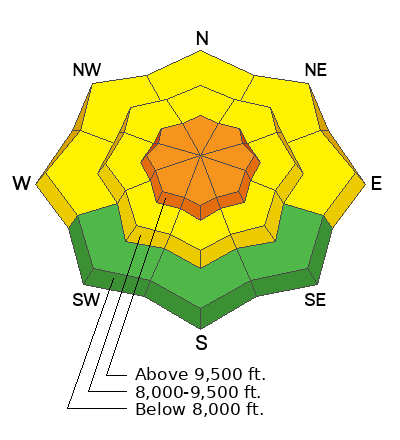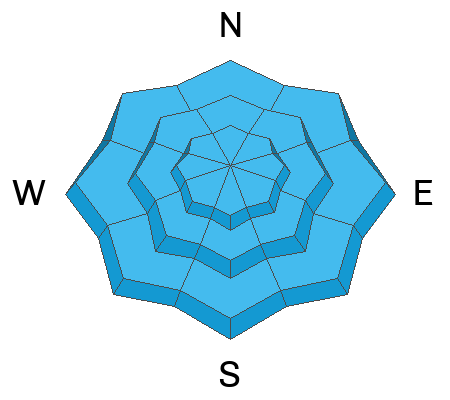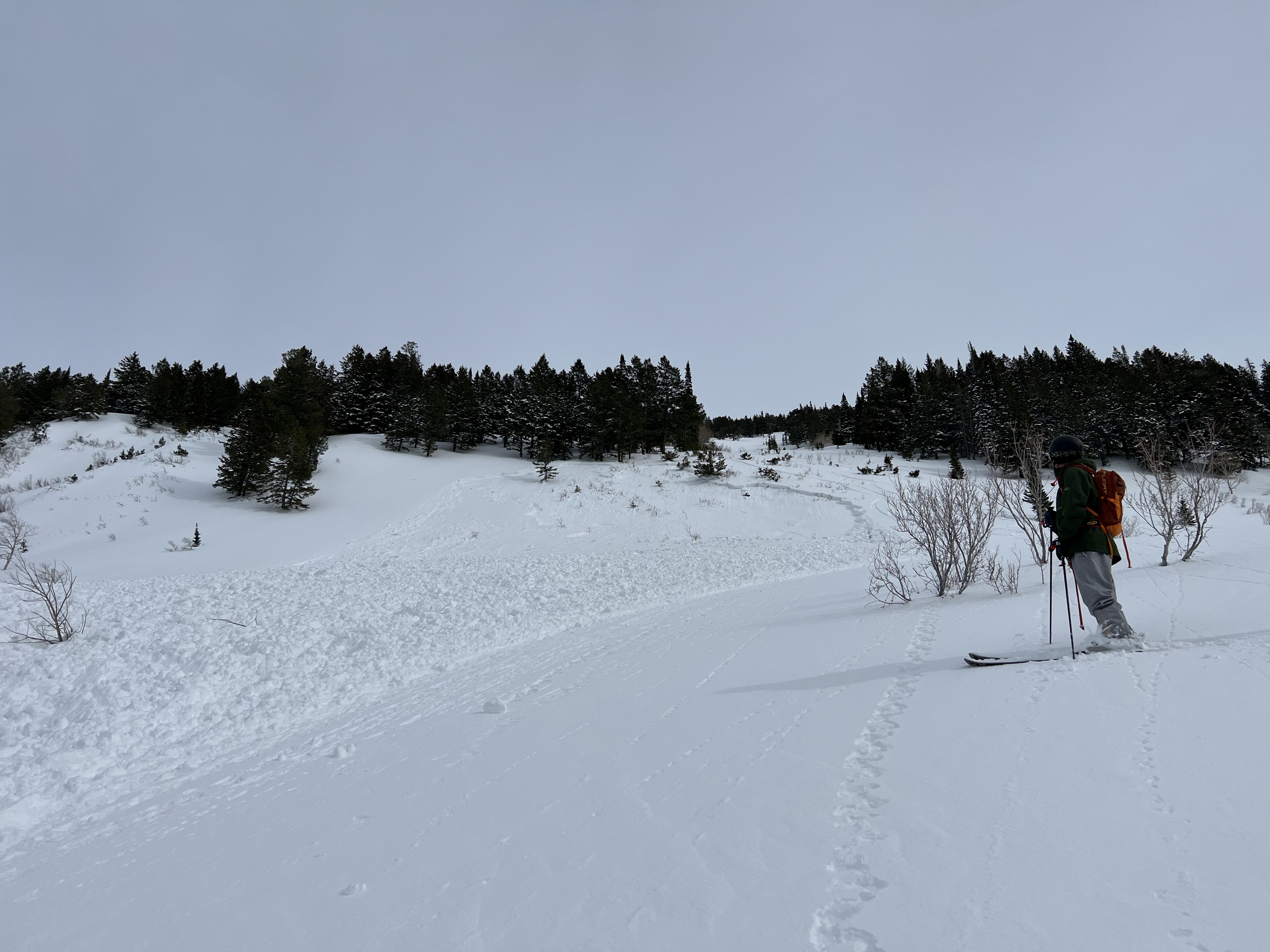Yesterday, we looked at all the avalanche activity. We found that enough of the avalanche observations had reports of weaker snow at the old/new snow interface that we felt was important enough to bring up. By my count, roughly ten avalanches have been reported over the past three days. Observers reported the interface to be either a slight crust with weak snow above or below or just a layer of weaker grains roughly 1-3 feet deep. My advice would be to dig down and perform an extended column test and look for any weak snow before committing to steep avalanche terrain. We will wait and get a little more info before we call this a new Persistent Weak Layer.
BCK via Hardesty: Silver Fork, Big Cottonwood. 9,000' east facing 2.5 feet deep, 60 feet wide. Sun crusts SH / Faceted snow. Link to ob
HERE.
SLC Foothills: Avenues Twin Peaks. 6,500' west facing 12 inches deep, 150 feet wide. Faceted snow. Link to ob
HERE. AAI Pro 1: White Pine, Little Cottonwood. 8,900' northwest facing 12 inches deep, 150 feet wide. Rounding faceted snow. Link to ob
HERE.Staples via 3rd party: Parleys North. 7,500' southeast facing 14 inches deep, 400 feet wide. Unknown weak layer, remote trigger. Link to ob
HERE. Gordon via 3rd party: Figure 8 Bowl, Big Cottonwood. 9,700' northeast facing 2 feet deep, 125 feet wide. Unknown weak layer, wide propagation. Link to ob
HERE. Meisenheimer via 3rd party: The Notch, Upper Little Cottonwood. 10,300' northeast facing 2 feet deep, 60 feet wide. Faceted snow. No ob.
Meisenheimer via 3rd party: Upper Little Cottonwood. 10,600' west-facing, 2 feet deep, 260 feet wide. Possible faceted snow. No ob.
Powderbirds: Cascade, Provo. 8,800 west-facing 2 feet deep, 100 feet wide (pic below). Possible faceted snow. No ob.
Brackelsberg: Park City Ridgeline. 8,800' west-facing slope. No avalanche, but a great video showing some faceted snow and a crust. Link to ob
HERE.Coyne, Champion, Gagne: Raymond Glades, Millcreek. 9,500' north facing. ECTP22 failing on some small grain faceted snow. Link to ob
HERE.











